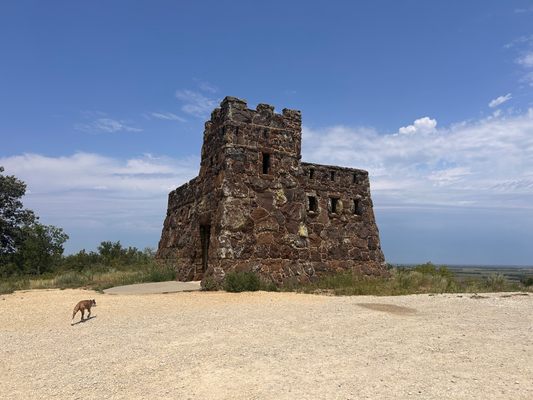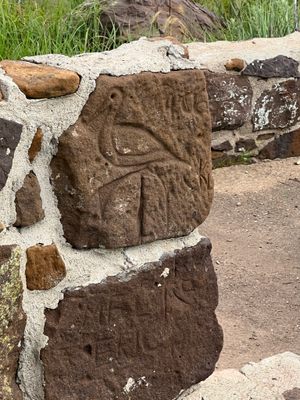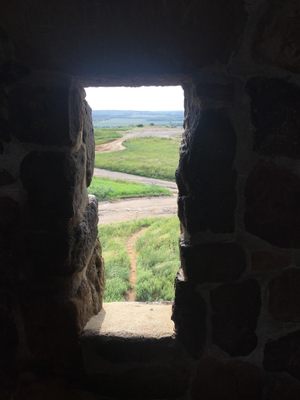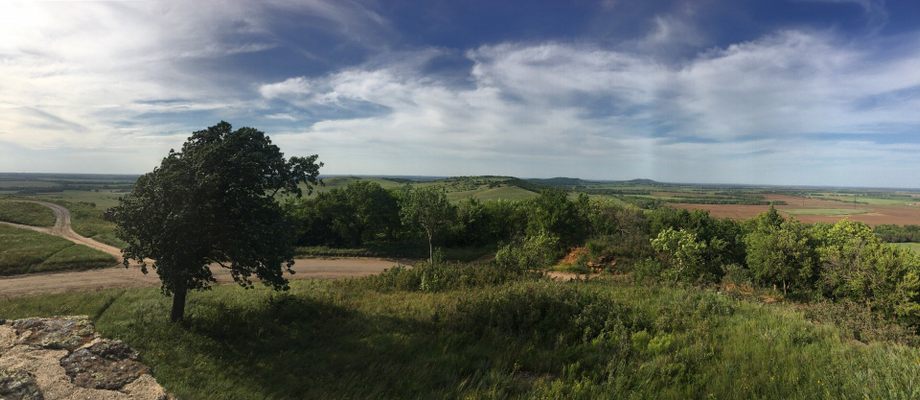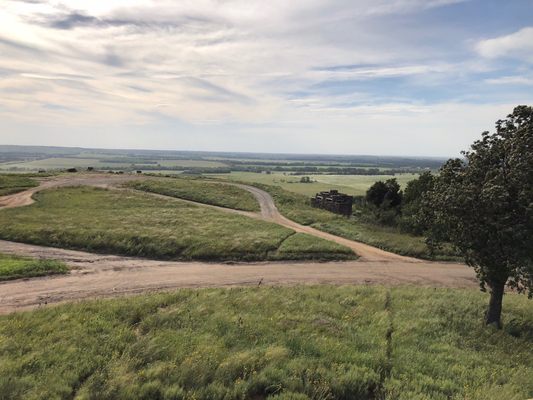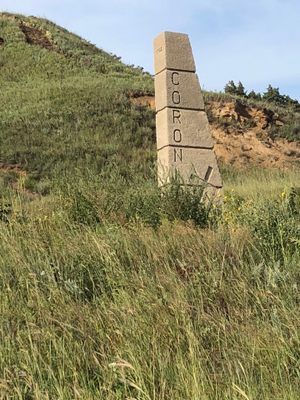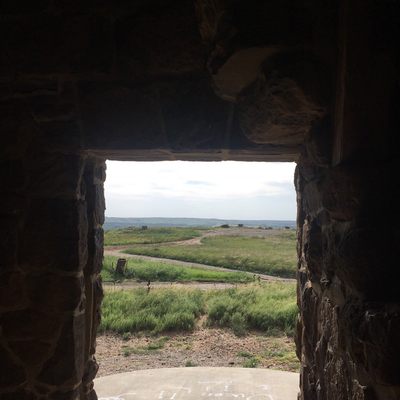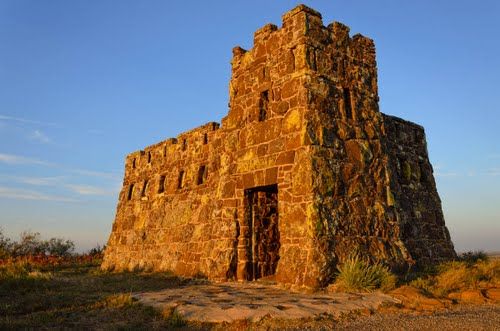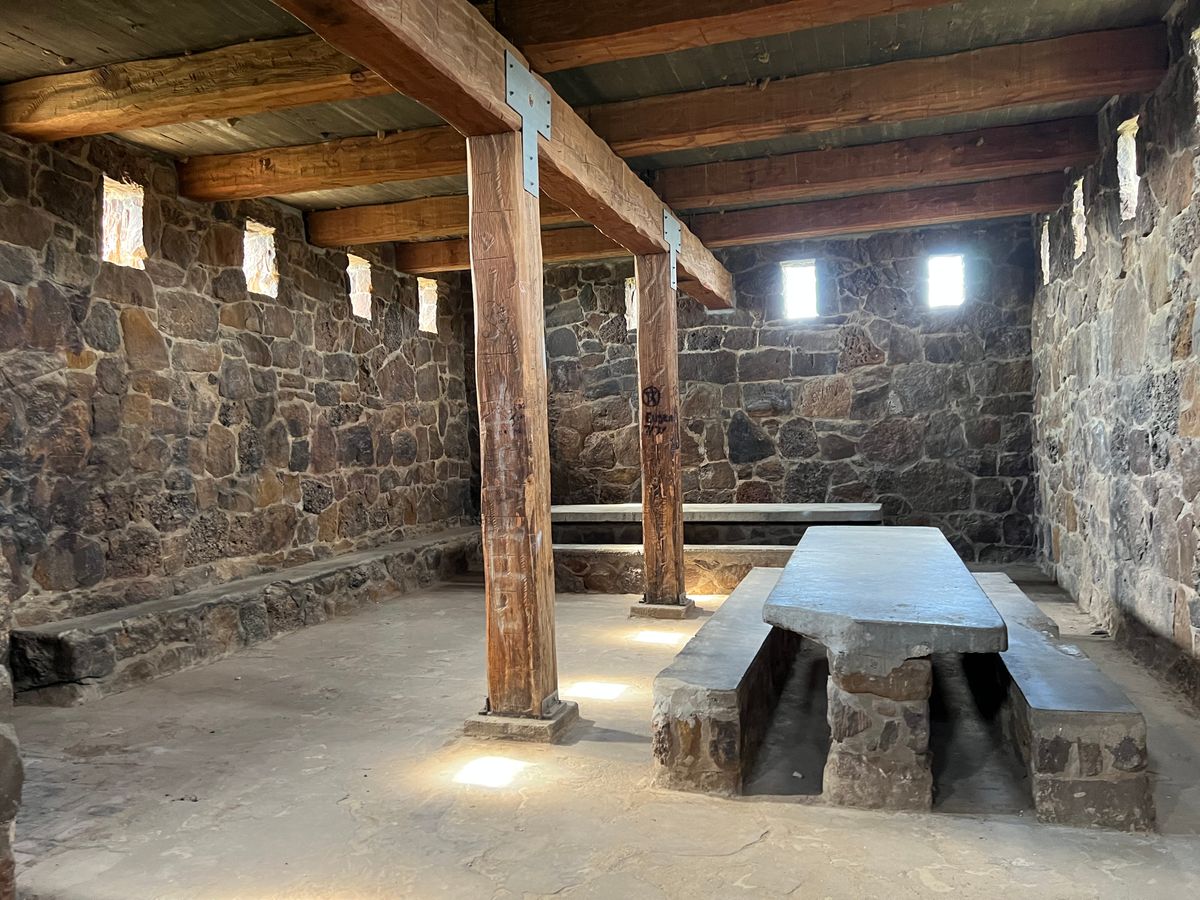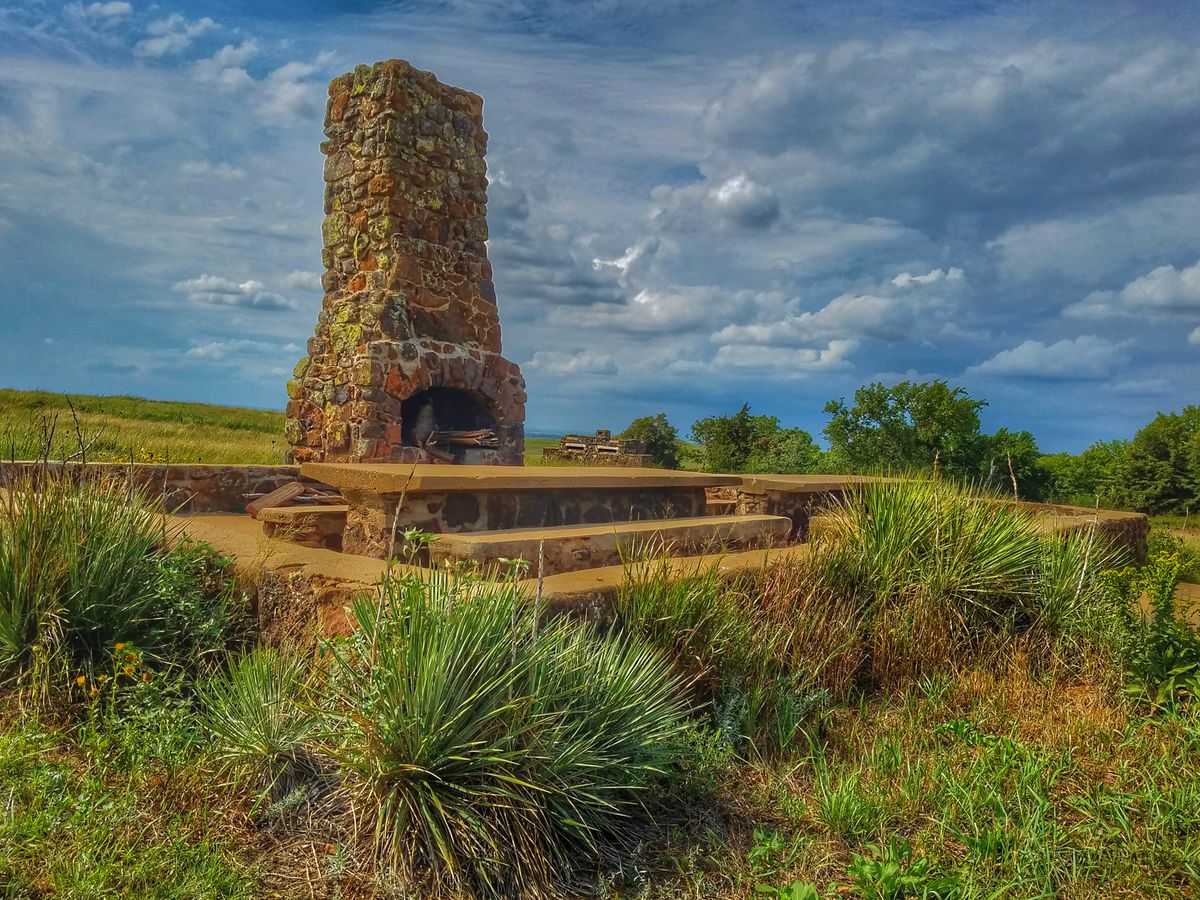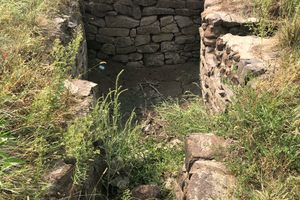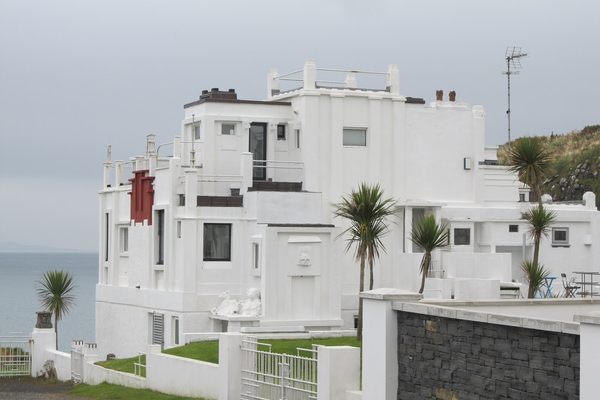About
A mysterious Spanish coin discovered near Lindsborg, Kansas in 1881 by a local college professor led to the beginnings of the legends of a visit by Spanish explorer Francisco Vasquez de Coronado. A later discovery of rusty chainmail seemed to confirm the stories.
Coronado is believed to have visited what is now the Kansas wilderness in the 1540s during his hunt for the fabled "Seven Cities of Gold," also known as the "Seven Cities of Cibola." Possibly rooted in Portuguese myth, the stories of these ancient sites of native wealth drove adventurers throughout the new world on fruitless quests for a generation.
Inspired by the supposed firsthand account of a Franciscan priest in 1539, Coronado set off with hundreds of Spanish soldiers and native American guides in 1541, covering some 4,000 miles in search of the cities. Not keen to admit defeat, Coronado returned in debt but with claims that he had found one of the legendary cities, but far from the wild tales that had come before, he reported that all he found there were common native huts. Scholars have long debated just what either the friar or Coronado saw – were there ever truly "Cities of Gold" or just wild tales on the frontier? Several suggest that the friar only said what he knew people wanted to hear, and was essentially fabricating his sighting. Others believe that the stories may have a foundation in truth, long since lost.
Today the site in Kansas is where Coronado may have ended his ill-fated expedition and returned to Mexico, disappointed.
Looking like the remains of an old fortification, the little stone castle atop the hill at Coronado Heights Park was built under a Works Progress Administration (WPA) project in the 1930s, marking the spot where Coronado is said to have gazed over the flatlands.
Related Tags
Community Contributors
Added By
Published
January 13, 2013





